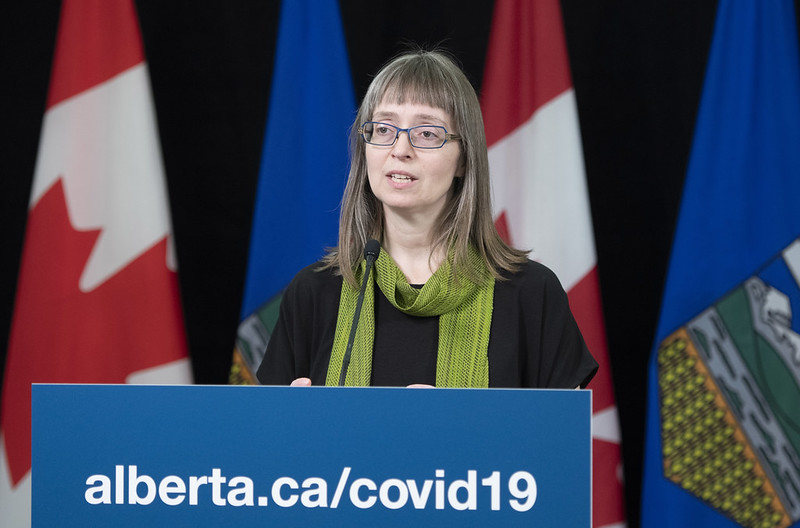More specific guidance has been released by the Alberta government when it comes to COVID-19 cohorts and how to create them.

Cohorts are a “bubble” that allows members to not physically distance from one another. Members are encouraged to stay within their cohort rather than interact with others outside that circle.
READ MORE: Alberta to allow expanded cohorts in Stage 2: How it works and what’s involved
Now that the province has moved into Phase 2 of relaunch, the chief medical officer of health has said Albertans can expand their social circles a few different ways:
- Friends and family can form cohorts of up to 15 people
- Child care programs can form cohorts of up to 30 people, including staff and children
- Sports teams can play in region-only cohorts of up to 50 players and coaching staff; this excludes parents and spectators
- Performers can have cohorts of up to 50 people
Dr. Deena Hinshaw has previously stated that Albertans can be in more than one cohort, such as a family and friends cohort along with a sports cohort, if they are comfortable with the risks involved.
However, the guidance recommends that those in more than one cohort consider having a smaller cohort of family and friends given the number of close contacts between the groups.
“These numbers do not guarantee safety,” Hinshaw said on June 9.
“What they do is they help us contain if there is an exposure of small outbreak, contain the number of people who would be exposed to make sure it doesn’t spread widely.”

The guidance also recommends that those who are at high risk of severe outcomes from COVID-19, such as seniors or those with underlying medical conditions, form smaller cohorts or only cohort with people who do not have sports, recreation or child care cohorts.
How to expand your cohort
Here are some steps from Alberta Health to expand your family and friends cohort:
- Start with your current group – this includes everyone you live with, including children, those who regularly come into the household and anyone with regular close contact with the people you live with eg. your children’s other parent who lives outside the household, a babysitter, a caregiver, etc.
- Think carefully before you expand your cohort – see who makes the most sense to include, such as families with similarly-aged children or friends and family you want to spend more time with; stay with those in your neighbourhood or who live closest to you
- Get agreement from everyone to keep the cohort safe – members should only belong to one family and friends cohort, limit interactions with people outside the cohort, maintain two metres distance or wear a mask if that isn’t possible when interacting with those outside the cohort
- Limit the number of other cohorts groups to which you and your family and friends belong – this could mean reducing the number of teams or groups you join, interact safely with people in other types of cohorts

Alberta Health said, at this time, sharing food within a cohort is still not recommended.





Comments